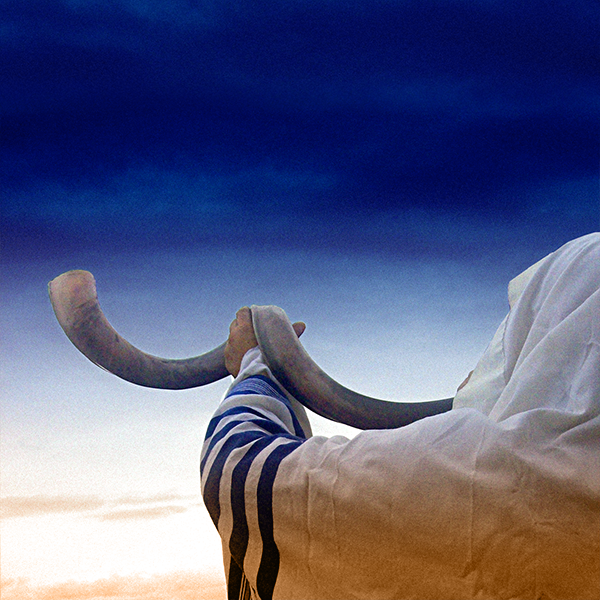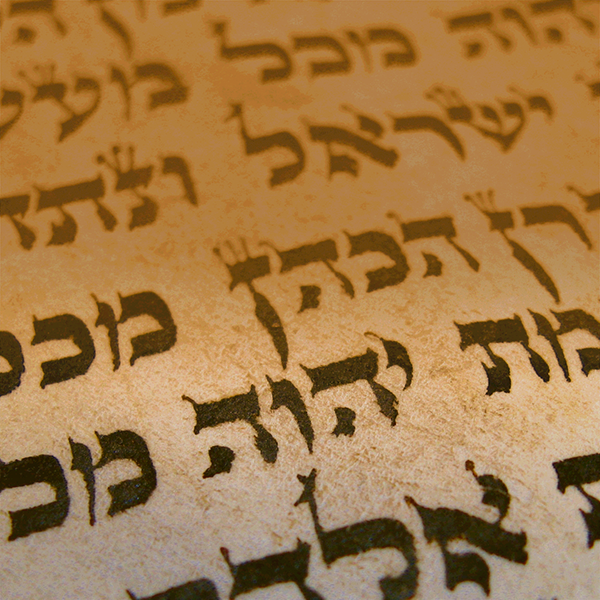The pages in this section are excerpts about the Yearly Festivals which are taken from the book Introduction to Torah Living, by Tim Hegg. The Yearly Festivals are listed in Leviticus 23 and expounded upon in various passages in Numbers and Deuteronomy. For each Festival, Hegg discusses the initial Biblical commandment and then explains the history and traditions related to them. Hegg begins this section by briefly explaining the Hebrew Calendar and then demonstrating how all of the Festivals fit together following the pattern of a wedding.

The present Jewish year is lunar as to months, and solar as to years. Thus, the months are regulated by the moon and are 29 days, 12 hours, 44 minutes, and 3 1/3 seconds long. The solar year is 365 days, 48 minutes, and 46 seconds long, which means that a solar year exceeds a lunar one (12 lunar months) by 11 days.

The five Torah festivals (Purim and Hanukkah were added later to make a total of seven) may be pictured in a number of ways, but it seems very possible that they were given to illustrate the love of God for His people, following the pattern of a wedding. We should first note that the order of the Festivals changes following the Exodus event…








The weekly reading of God’s Word is practiced around the world by Messianic and traditional synagogues alike.

Biblically Based ⋅ Honoring Yeshua ⋅ Upholding Torah
TorahResource exists to provide biblically based materials that help believers understand, grow, and live out a covenant relationship with God.